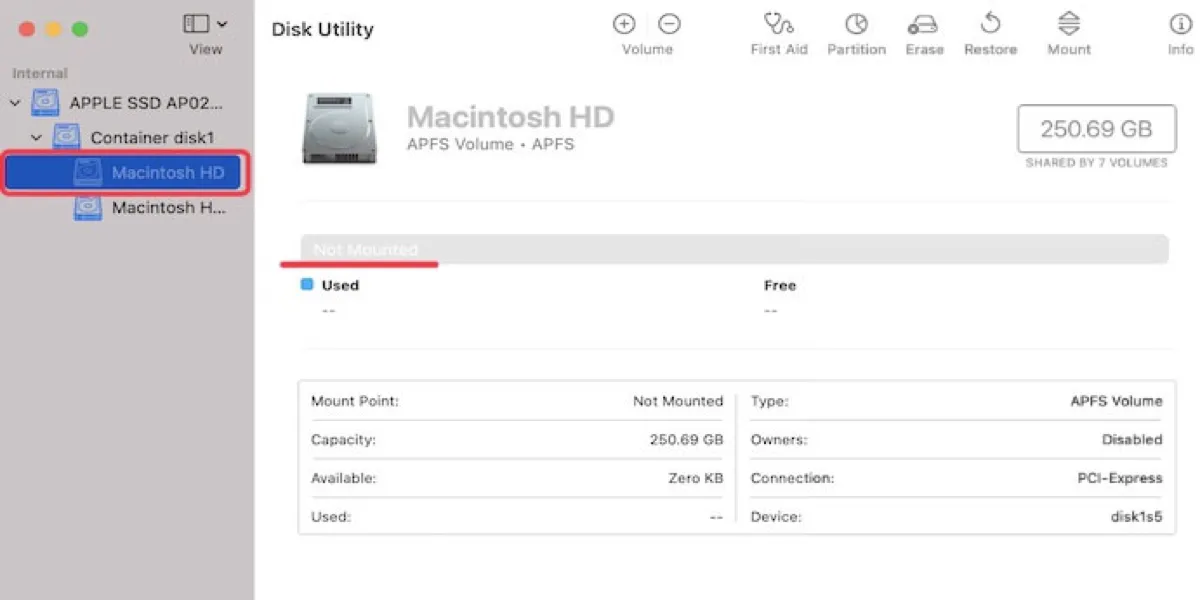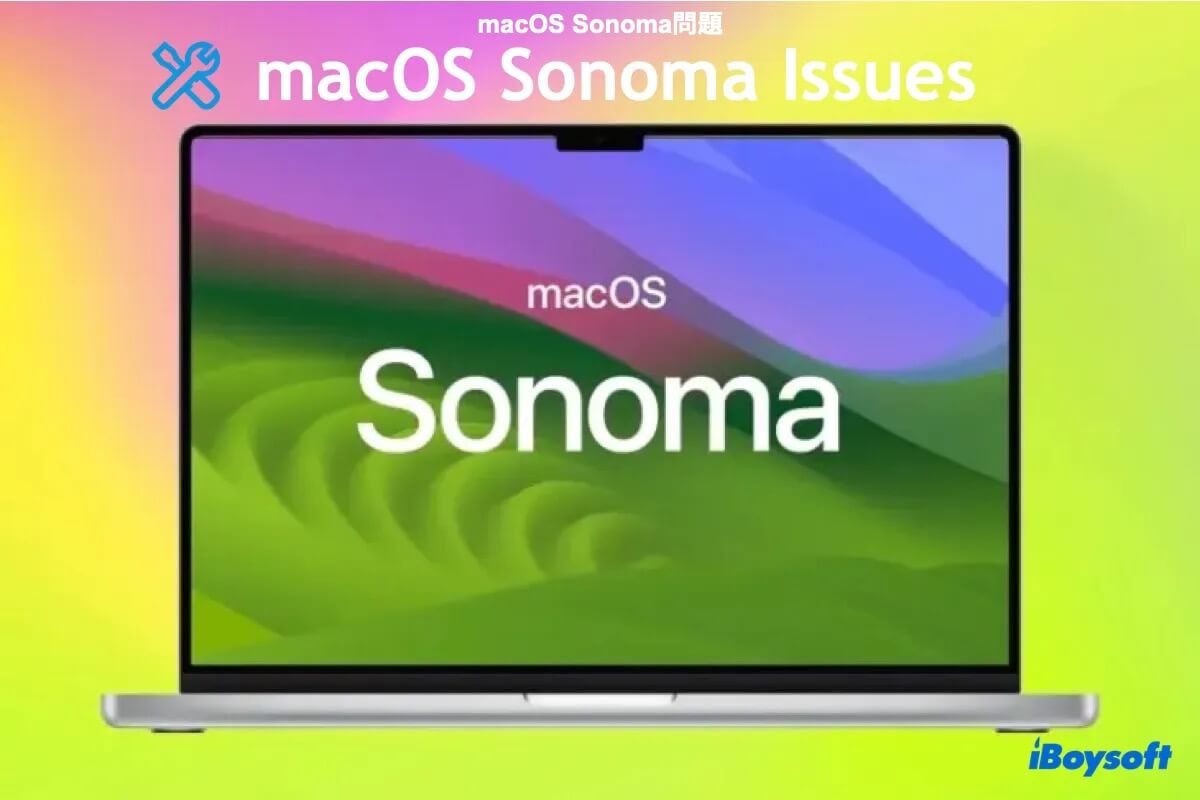It seems that your Mac has serious software issues as almost all the possible ways to fix a MacBook Pro that won't start after a Big Sur update are useless. Since your Mac can boot into macOS Recovery Mode now, try to rescue files on it ASAP.
To get files off an unbootable Mac, you have no other way but to use a professional data recovery tool. Here, you can use iBoysoft Mac Recovery Mode. This special mode can help you recover data from your unbootable Mac without creating a bootable USB flash drive.
After restoring your data, you can factory reset your Mac. That is erasing your Mac first (This can exclude software errors on your Mac) and then reinstalling macOS in Mac Recovery Mode.



